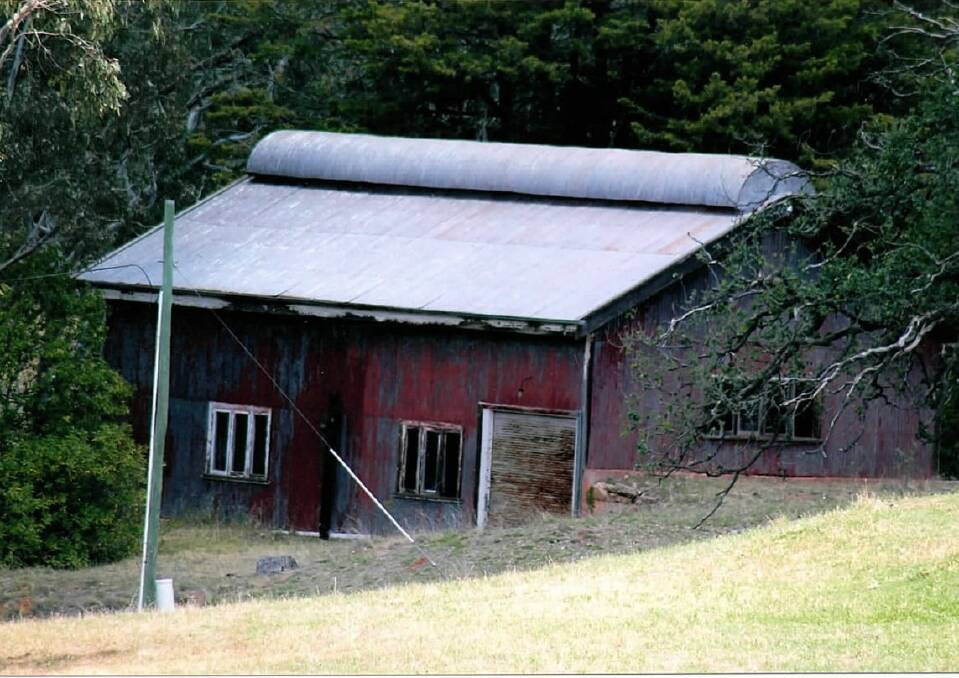
The late 1800s saw the ringbarking of most of the tree cover and invasion of the Wantabadgery district by the wild rabbit. The rabbit, in plague proportions, chewed out pasture, caused erosion and led to the introduction of rabbit proof netting fences in the area. They were killed in the thousands by poisoning using a pollard and phosphorus bait with as many as nine poison carts operating on Wantabadgery Station. By the late 1890s, some of these carts at least would have been manufactured by Junee’s Cohoe & Walster.
Subscribe now for unlimited access.
$0/
(min cost $0)
or signup to continue reading
In 1920-21, two gangs of 20 men dug out the station burrows and until World War II caused a shortage of labour, rabbit numbers were controlled and livestock numbers increased.
Wantabadgery Station employed a large staff. During the early period of James Thorne’s tenure, six free men, six convicts, two Wiradjuri men and a supervisor were employed. As the Macdonald brothers, Falconar and Claude, operated the Run, more staff were engaged, stock numbers increased, fencing programs expanded, dams constructed and seasonal work such as hay making demanded. With very little mechanisation, hay-making was very labour intensive.
Wool, the main product in the early times, was carted initially by bullock teams towards Yass and the nearest railhead or coastal port and later by both bullock and horse teams to rail at Junee.
On August 20, 1870, the small steamer JHP returning downriver from Gundagai loaded about 22 tonnes of lime at Mundarlo and near Wantabadgery was swept by a strong current, crashing into the northern bank and sank. The crew were saved, the JHP was salvaged and sank twice more before being dismantled in 1879.
Another form of transport, little known now, was the paddle steamer. Paddle steamers operated on an irregular basis, depending on Murrumbidgee River levels, as far upstream as Gundagai in the 1860s and 1870s. On August 20, 1870, the small steamer JHP returning downriver from Gundagai loaded about 22 tonnes of lime at Mundarlo and near Wantabadgery was swept by a strong current, crashing into the northern bank and sank. The crew were saved, the JHP was salvaged and sank twice more before being dismantled in 1879. The JHP was a “stern wheeler” with a single rear paddle wheel which would make control in a strong cross current more difficult than with two paddle wheels.
Up river, the Tenandra Pumping Station was commissioned in 1913. Steam powered pumps lifted river water into settling tanks some 245 metres above on Mt Tenandra from where it gravitated 40km to the filtration plant just north of Junee. Coal for the pumps was railed to Mt Horeb on the Gundagai to Tumut line then by horse and wagon to Mundarlo and across the river by punt until the nearby “Poley Bridge”, a primitive structure was built. It was replaced in the 1960s by the present low level bridge. Electric pumps replaced the steam pumps at the end of 1930 allowing two men to do the work which previously took six. The school and most of the 13 houses of Tenandra village have also long gone.

